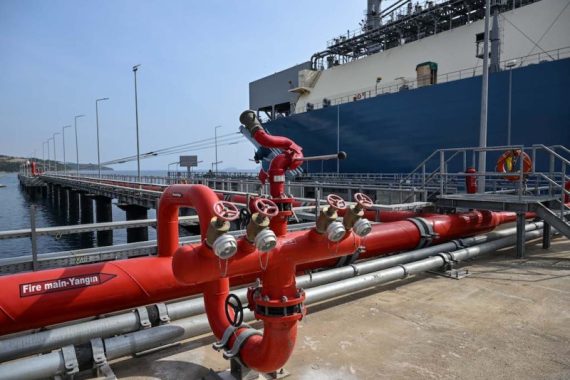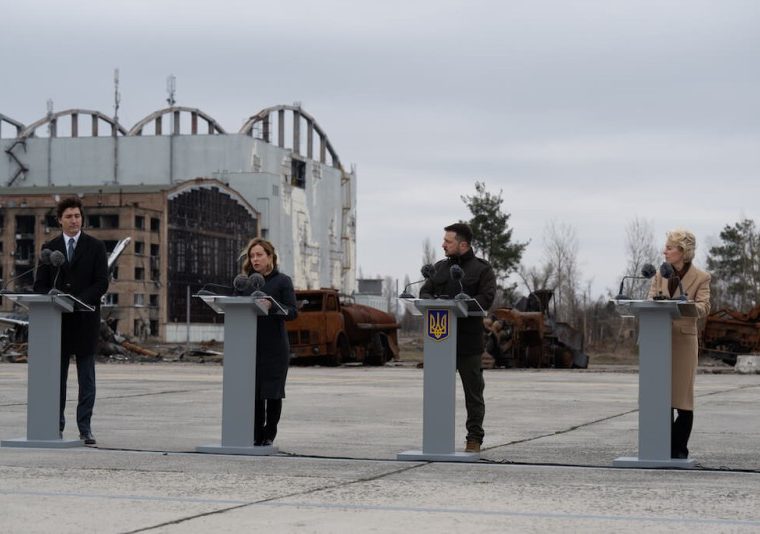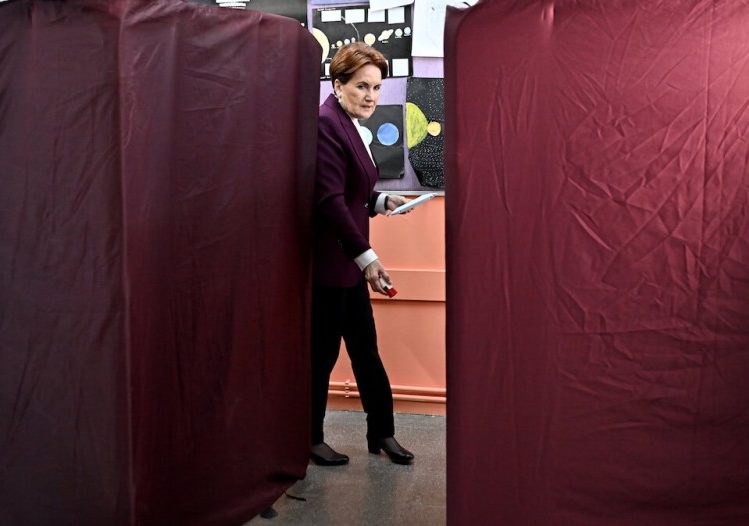A
s global gas demand is predicted to increase in 2024, geopolitics again plays a decisive role. The north hemisphere is almost halfway through the winter and extreme colds have already severely affected some parts. The U.S. just experienced a deep freeze with snowstorms offering scenes resembling science fiction movies. In another major gas demand spot, severe weather created chaos and caused Northern Europeans to stay at home. And here is the bad news: lower temperatures are expected to continue throughout February. In other words, winter is not over yet for 2024.
The gas market in 2023
With anxiety resulting from the Russia-Ukraine War affecting the global supply chain as a whole, global gas demand increased by just 0.5% in 2023. Although the U.S., African, and Asian gas demand driven by China increased, Europe experienced lower than expected winter demand. The mild winter weather helped a number of countries, especially in Europe, to pass the season smoothly.
Balanced demand across continents and increased power generation from both renewables and nuclear energy sources sparked the slight increase in global gas demand. Even though LNG prices were still above before pandemic levels, they decreased by more than half.
Immediately after the European Union allied with the U.S. and other major economies to impose sanctions on Russian energy products, the Kremlin reacted by cutting the gas flows to Europe. Although the cut did not last long, limited amount of gas started to flow again. Consequently, the increase in prices pushed EU industries to decrease manufacturing capacity or even end the production process. The limited pipeline gas supplies made the EU rush to increase its LNG imports, especially from the U.S. and Russia.
Yet, despite the fact that LNG imports were increased to offset Russian pipeline gas imports, the overall gas demand of Organization for Economic Co-operation and Development (OECD) Europe declined by 7% thanks to higher winter temperatures and the deindustrialization of European countries.
Asia, on the other hand, was home to increased natural gas demand. Led by China and India, the region’s overall gas demand was 2.5% higher than 2022. China’s loosening COVID-19 measures brought power and industrial demand up and boosted demand about 7%, or 12 billion cubic meters (bcm). As a result, the country once again became the world’s top destination for LNG.
Unsurprisingly, the EU’s rush to have a bigger share in the global LNG market and China’s resumed economic activities created tighter supply globally and more investment decisions were accepted compared to the previous year in the undersupplied gas market. The liquefaction capacity attracted record high investments: the 60 bcm capacity approved in 2023 by the EU was more than the capacity of the entire previous decade.
In addition, as the Russian attitude towards the EU resulted in questioning the reliability of pipeline gas, investments towards LNG regasification projects were also increased in 2023 relative to 2022. Project approvals in European states were among the highest, and European countries are expected to raise the total regasification capacity by 50 bcm by 2025. Yet, Asia was again home to the world’s largest project approvals: in a single year, the total amount of approved LNG projects amounted to a capacity of almost 100 bcm—and most of the projects were in China.
Gas market in 2024: Between a rock and a hard place
Geopolitics is continuing to affect the global energy markets. Heading into its third year, the Russia-Ukraine War continues to have adverse effects on the gas markets. As of February 9, the amount of pipeline gas exports by Russia to Europe is greater than the equivalent amount for the same period of the previous year. Still, however, it is 80% lower than that of 2021.
Although the EU member states were better prepared and gas storages were almost full before the winter season, gas demand remains high and reliable suppliers are still significant for Europe.
As European gas firms rush to guarantee long-term LNG contracts with mostly American exporters, there was a surprising move from the Biden administration. Biden signed a presidential act to suspend the new project approvals to export LNG. While the administration did this as a result of climate activists’ harsh criticisms, there are doubts about whether the country can protect its newly obtained “world’s largest LNG exporter” title and supply enough gas for hungered European states.
What is more, since the extreme winter weather conditions continue across the United States, domestic gas demand is expected to rise. U.S. firms may be stuck between having to choose between feeding the domestic market and exporting overseas.
Recommended
Since last October, another geopolitical event has been affecting the global energy markets: Israel’s attack on Gaza. After Israel declared war against Hamas, Iran-backed Houthis began to attack tankers belonging to Israel and its allies, especially British and U.S. ships, in the Red Sea. Although this is not the first time Houthis attack tankers or oil and gas infrastructure in the region, the timing of the attacks pose a serious threat to the global energy supply chain.
Many of the largest shipping firms and hydrocarbon corporations, including Maersk and BP, have diverted their routes to longer and costlier ones creating higher destination prices for importers. Of course, higher destinations charges mean higher oil and gas prices in both domestic and international markets, and have the potential to affect the supply chain as a whole. Every single increase in gas prices could lead to incremental increases in the prices of residential electricity and heating.
Added to the above, according to the latest forecasts of the International Energy Agency (IEA), the global natural gas demand is expected to increase by 2.5% in 2024 as a result of harsher weather conditions and increased industrial activities especially in developing countries. Furthermore, it is important to draw attention to the fact that the power sectors’ gas demand is even less predictable since the amount of electricity generated from intermittent renewables is ambiguous. Although it is expected that the natural gas to be produced in global markets will be slightly more—about 0.60%—than the natural gas that will be consumed, geopolitical developments will continue to pose a real threat to the meeting of supply and demand.





